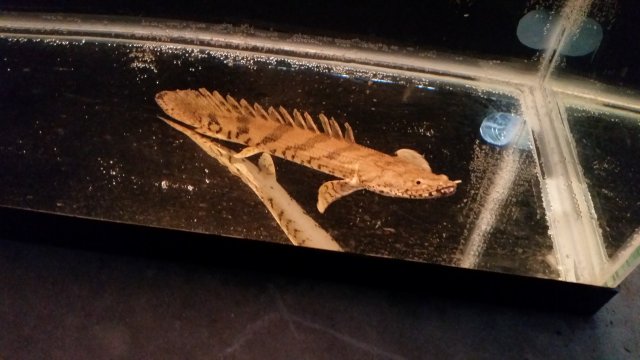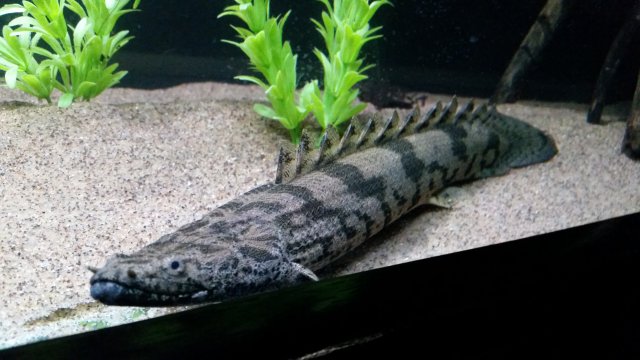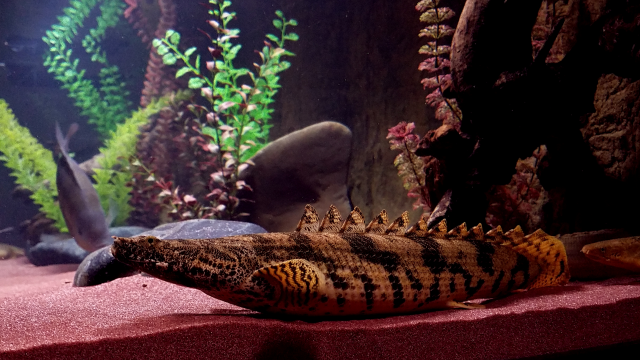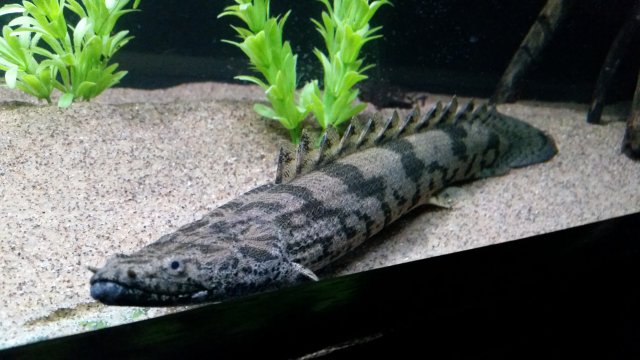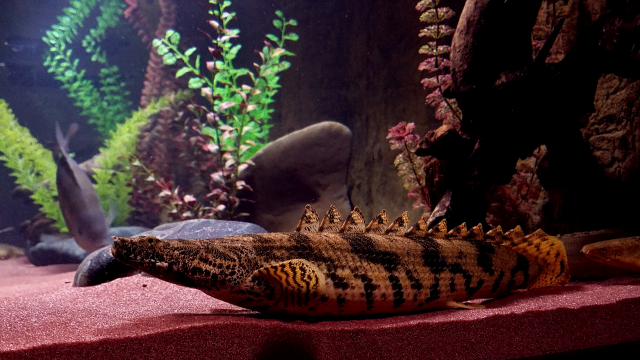Debate aside.....
The point of the thread was to show how test numbers relate to real life.
I believe beyond that long awaited disappearance of ammonia and nitrite numbers it takes to withstand the excruciating duration of time it takes to cycle comes for many a new aquarist, after that, the first set of values are just numbers, 5ppm nitrate, 8.2 pH, etc etc, but they aren't just numbers, they are important because they show the health or non-health of the system.
I see many posts saying "I need to bring my pH down to 7, because my tank pH is 8.2".
Why????? because some generic fish site said 8.2 is bad......but actually No, 8.2 is not bad at all
depending on what fish you have.
Or......"my pH is 5, how do I bring it up?" although 5 may be bad if your tap water is pH 8, and your tank is filled with urine soup.
But if tap water is 5.5 and your tank is 5.0, that 5.0 pH is not bad.
It just means the aquarist needs to choose fish species carefully accordingly to the tap water
for the above, cardinals yes, Mbuna, probably not.
And although its easier and quicker to turn a 20 gallon tank to fish urine soup than a 200 gallon.
Its all relative, 10 neons might overwhelm a 20 gal, if not managed properly.
5 P-bass or 6 oscars, or 1 ill advised purchase of a pacu, could just as easily overwhelm that 200 gallon tank, without the proper water change regime.
In truth (to me) nothing under 200 gallons is in realty a large tank.
It may be too large for the room, or apartment, but
If you compare what fish live in, in nature in 200 or even 400 gallons, there are very few.
You can find mollies in drainage ditches, Betta in rice paddies, killifish in tiny streams, maybe some cichlid fry.
But nothing of any size, unless its a fish trapped and dying in a pond drying up during the dry season.
Even in some of the small Cenotes of Mexico, in some around 5000 gallons I've seen Astyanax tetras, and live bearers, but cichlids only show up when the Cenote is almost double that size.
This is why it is important to monitor your tank, especially when keeping fish that wouldn't be caught dead in small volumes of water, if you want them healthy.
